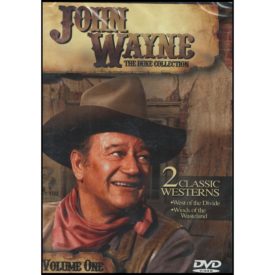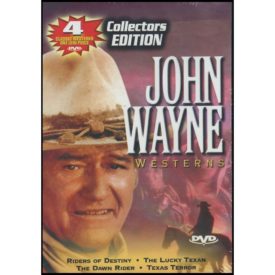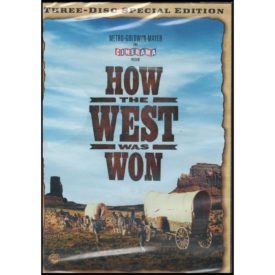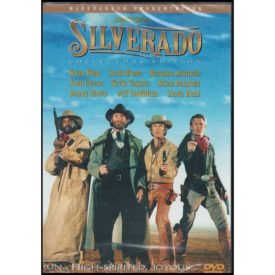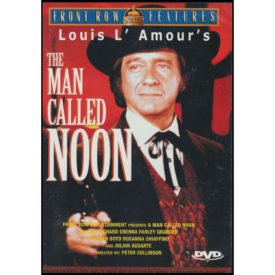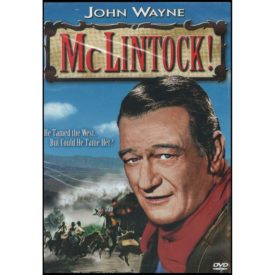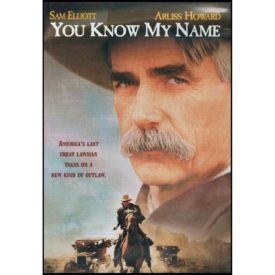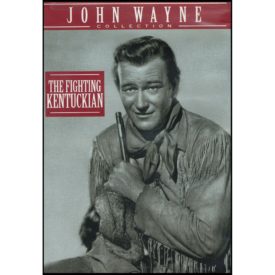- You cannot add "Auto, Truck & Cycle Extreme Stunts & Crashes 4 Pack Fun Gift DVD Bundle: Eatin Sand! Hot Rods, Rat Rods & Kustom Kulture: Back from the Dead - The Complete Build Americas Greatest Motorcycle Rallies Truck Jam: All Tricked Out" to the cart because the product is out of stock.
Changeling (DVD)
Other Marketplace Price: $17.99Sale Price:$9.49
- Ships Same Day.
- FREE Shipping (U.S. Delivery).
- International Shipping (See Shipping Chart Below).
Out of stock
| Shipping US FREE SHIPPING |
FREE Shipping! |
|---|---|
| Shipping US Expedited 2-3 Day |
US Shipping: $14.99 Unlimited Items. |
| Shipping Canada |
Canada Shipping: Flat $34.99. |
| Shipping Int'l Standard | International Shipping: $64.99 Worldwide. |
| Shipping Local Pick Up |
FREE Local Pick Up in Store |
Changeling (DVD)






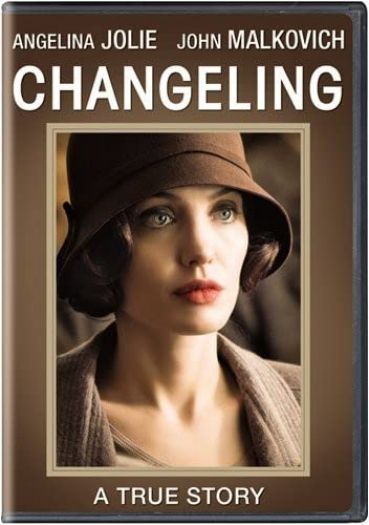
 Item is New Stock.
Item is New Stock. 